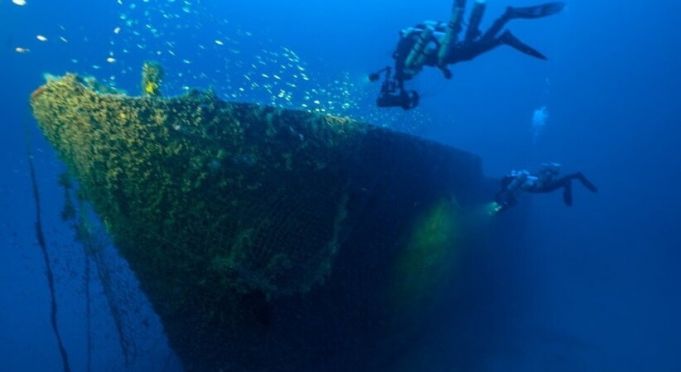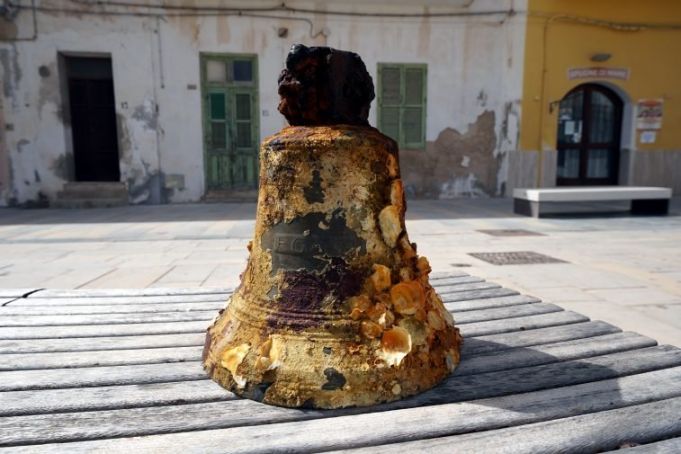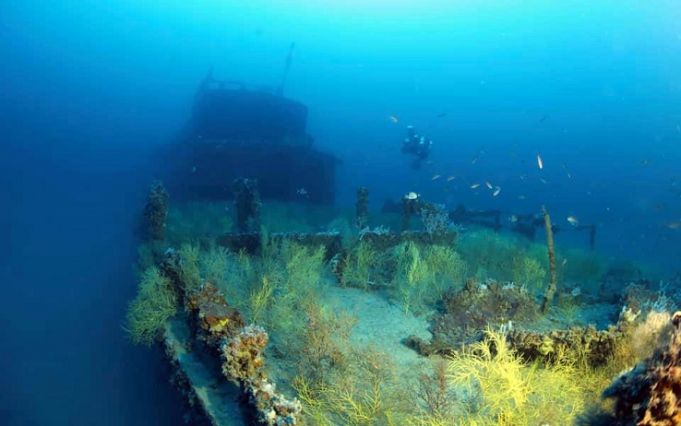Sunken ships in Strait of Sicily have potential for underwater tourism.
Around 40 shipwrecked vessels dating from world war two have been discovered off the coast of Lampedusa, the tiny Italian island between Sicily and Tunisia.
The discoveries were made between 20 and 100 nautical miles from the island's coast, at a depth ranging from 33 to 140 metres, reports news agency ANSA.
The ships, all sunk during attacks in the second world war, were mostly merchant vessels carrying cargoes of war supplies, from artillery and explosives to army trucks and tanks.

Among them is the wreckage of the Egadi cargo ship, used for carrying mail and passengers to small islands off the western coast of Sicily, reports state broadcaster RAI.
The Egadi was torpedoed and sunk by the British air force on 30 August 1941, about 50 km north-east of Lampedusa, resulting in 44 deaths, with 65 survivors managing to escape on lifeboats.
Divers recently succeeded in salvaging the ship's bronze bell, recovered from a depth of 76 metres, reports RAI (see below).

The discovery of the historical wrecks comes after 15 years of work by researchers, with a joint project now underway to develop underwater tourism and recover lost fishing nets entangled in the submerged ruins, according to ANSA.
Researchers were guided to the wrecks by fishermen who knew their whereabouts due to the presence of large fish attracted by the habitat created by the wreckage which acts as an artificial coral reef.

The lost ships, described as "spectacular" by researcher Mario Arena, are now being viewed with huge potential for underwater tourism, similar to what is already offered to divers in Malta or Croatia.
In the meantime tests are being carried out to assess the environmental impact of the ships which, in addition to explosives, carry thousands of tons of lead, oil and fuel.
Photos: Nuccio Francesco. Credit: ANSA
General Info
View on Map
Italy eyes underwater tourism after discovery of 40 shipwrecks
Lampedusa, Italy


















